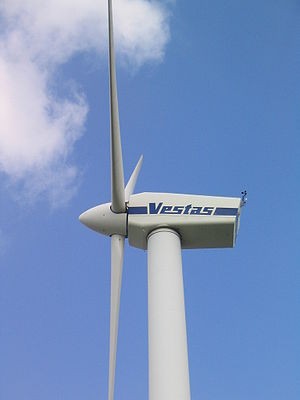Nuclear power has been making headlines recently, largely due to the earthquake and tsunami that triggered hydrogen explosions, the melting of nuclear fuel rods and releases of radiation at Japan’s Fukushima Daiichi nuclear plant.
It has also featured in the news because the Nuclear Regulatory Commission? (NRC) is slated to approve the country’s first new nuclear reactor in decades –Westinghouse’s AP1000 pressurized water reactor – in the early days of 2012.
As the world continues to scrutinize the safety, financials and environmental aspects of nuclear energy, the practice of storing spent nuclear fuel at plant sites across the U.S. remains a pressing problem. It’s particularly urgent since many of the temporary containment sites are nearing capacity.
In this light, the Georgia Institute of Technology hosted a symposium on Sustainable Nuclear Fuel Management to discuss possibilities and challenges to managing the approximate 75,000 metric tons of spent nuclear fuel stored at temporary sites across many states. Each year, an additional 2,000 metric tons of spent nuclear fuel is produced by the country’s 104 reactors.
“The Achilles heal of nuclear power is the backend of the fuel cycle,” said Farzad Rahnema, Professor of the Nuclear and Radiological Engineering, Georgia Institute of Technology, opening the conference.
So what’s to be done? Even though the pathway remains unchartered, a few key ideas surfaced from the meeting.
First, nuclear waste policy isn’t working. The Blue Ribbon Commission’s report on America’s Nuclear Future, published in July, supports this idea, explained Professor Per Peterson, Nuclear Engineering Department, U.C. Berkeley. The report reveals that while the U.S. has the capability to manage nuclear waste, the correct policy framework is not in place.
One part of the solution, continued Peterson, is to alter the Nuclear Waste Policy Act (NWPA), nuclear waste’s overarching rubric. Why? Because, in 1987 the NWPA was amended to designate Nevada’s Yucca Mountain? as the nation’s only option for a permanent high-level nuclear waste storehouse. However, the Obama administration stopped the development of the controversial repository, leaving the U.S. without a lasting storage site for its mounting nuclear waste.
Bookmark this page for “nuclear fuel cycle” and check back regularly as these articles update on a very frequent basis. The view is set to “news”. Try clicking on “video” and “2” for more articles.








